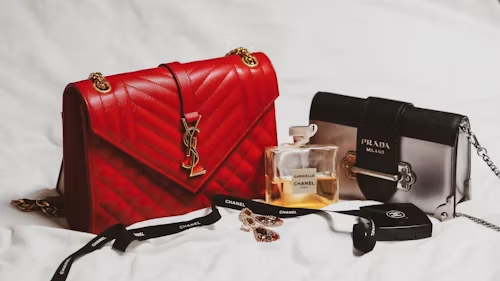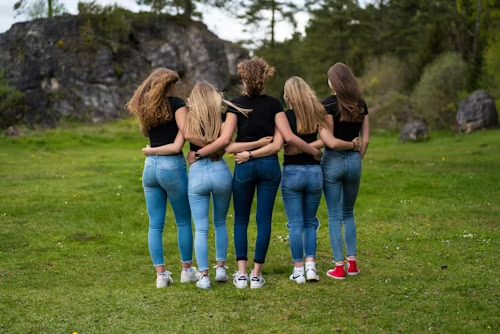Organic products are superior for the environment and superior for the people who use them. This is mainly important when thinking about the clothes we put on our brood. By their very physiognomy, infants are more susceptible to the dangers of clothes that have residual pesticides and other fabric finishing chemicals on them. Going green is not only good for the surroundings, but it will have a positive impact on your children’s long term health.
Going organic keeps dangerous pesticides and fertilizers out of the environment, but organic baby clothing’s primary advantage is for the baby herself. The skin of an infant is very responsive and fabric is in constant contact. Any chemicals in the fabric transfer to the skin and can leach into the body. Even thorough washing cannot remove all traces of some treatments. These fabrics can also off-gas noxious fumes that infants and children inhale.
Most baby clothes are made from cotton or artificial blend materials. Cotton grown before the 1940’s was a fairly organic process. Harsh pesticides and fertilizers were not in heavy use and farmers relied on good farm management and crop rotation to keep yields high. After WWII however farming began to rely heavily on chemicals to help boost up yields in over farmed fields. The production boom of the war also saw the cost of pesticides and fertilizers drop very so it was a contemptible and easy way to farm.
The chemicals used on cotton nowadays are safer than those first versions, other than they are still chemicals and they do linger on fiber all the way to the finished material. These traces in and of themselves are not hazardous other than constant contact, like wearing clothes has been related with higher physical condition risk. This is why many are turning to simply grown and Eco-friendly finished fabric. This means the crops are not chemically treated and the tried and true farm practices of soil managing and crop rotation are used. These methods are also safer for the surroundings and the field workers and farmers.
Organic can be a puzzling term as it has now turned out to be part of the marketing dictionary for many products. One has to look for products that are certified organic. This means the field producing the crops must be pesticide-free, for at least 5 years. In the case of material, the processing (turning raw cotton into material) have to also be certified organic. The finishing process for fabrics can be cruel in its use of chemicals and dyes that are full of heavy metals.
In response there has been a great demand for organic cotton and hemp baby clothes and bedding. Whereas even just a few years ago finding organic baby clothing was extremely difficult, it can be found more readily and at some major retailers. The other good news is that the price is dropping. With demand growing, manufactures have integrated the safer organic process into their modern manufacturing process. More capability means lower costs to customers.
Style And Designs for organic baby clothing has grown too. The muted colors and stiffer fabrics that were once associated with organics has fallen away as new safe dying techniques and pigments are discovered. Many top designers have organic lines obtainable.
Like mainly clothing there has been a big uptick in online accessibility. Online is good for baby and infant clothing as the sizing and fitting is less of an issue than for adults. Be sure to carefully read the company’s information on their organic process to make sure the clothing is in-fact 100% certified organic.
There are a lot of benefits to organic baby clothing. The health of the child benefits as the fabrics eliminate direct exposure to injurious chemicals. Plus it is much better for the surroundings, which has long-term benefits for nowadays offspring as well.





